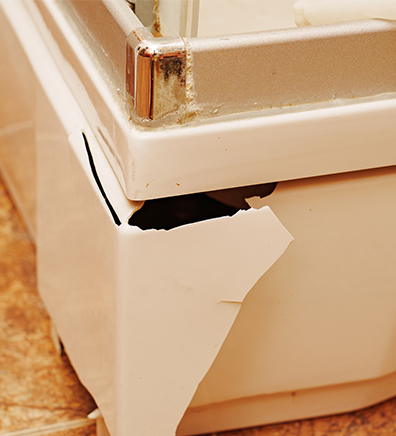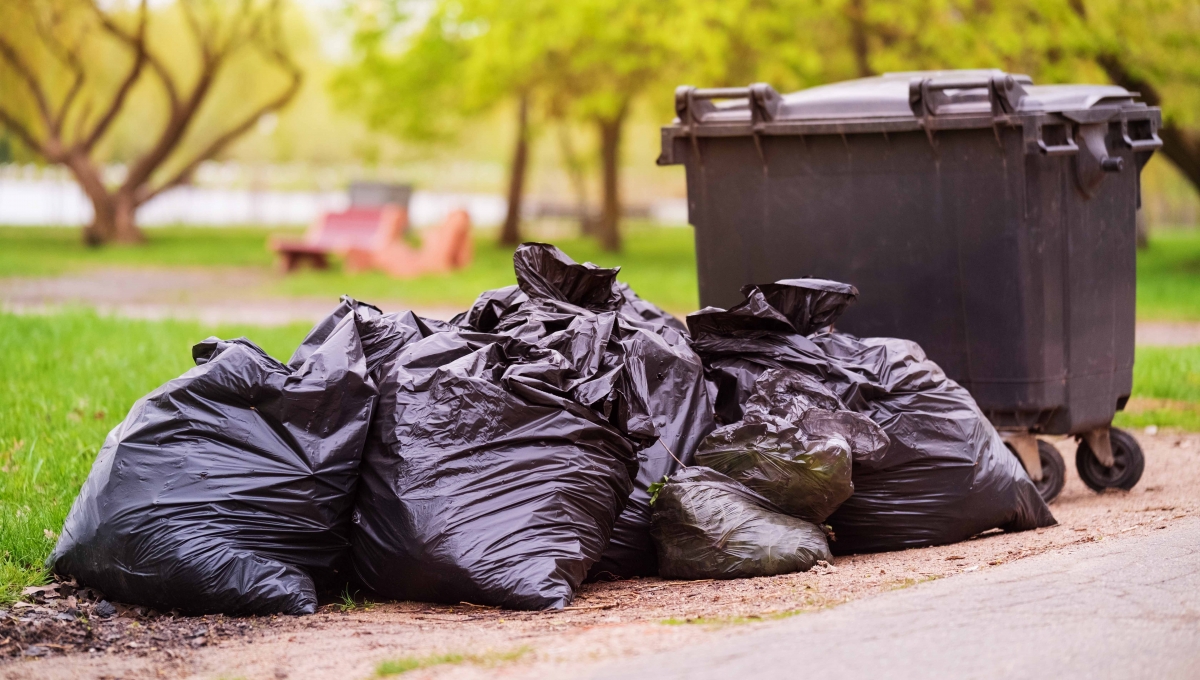
What we learned decades ago about sterilization trays
Over 30 years ago when plastic trays became the fashion for custom graphics trays, Case Medical introduced some too, only to discover that plastic sterilization trays simply make no sense. Even now they are promoted in IFUs and in subtle ways with sterilizer weight restrictions to drive business their way. However, plastic is not effective in steam and may not be for low temp sterilizers. It is bad for the environment. California may indeed be the first state in the nation to ban plastic bags but will certainly not be the last. Will other plastic products, including sterilization trays be next? Recently a CNN alert was published highlighting how black-colored plastic in children’s toys, utensils, and takeout containers may contain alarming levels of toxic flame retardants that may be leaching out.
Why Plastic is a Bad Choice
Have you ever noticed how your plastic containers and utensils retain water after processing in a dishwasher? Plastic warps, crazes, deforms and it can crack, and doesn’t dry adequately. Enzymatic detergents can degrade them, and when used in steam sterilization, plastic containment devices retain moisture and need a significantly longer dry time. In low temperature sterilization cycles even a drop of retained moisture can cancel cycles. Plastic has virtually no thermo-conductivity. Plastic containment devices take more than twice the time to dry when processed in the autoclave, if it dries at all. So why was it introduced? To my knowledge it was adapted from the cosmetic industry. It looked cool for display. It comes in several colors and can even have a see-through cover.


Forever Chemicals and Forever Plastics
Plastic doesn't break down in the landfill. Believe me, we considered fabricating plastic trays, too. But when we weighed the pros and the cons, there was no benefit. Consider the total cost of ownership, and you'll find that it's a losing proposition...longer processing times, wet loads, reduced useful life over other materials, especially metals like aluminum, and certainly not sustainable. Like PFAS (forever chemicals), plastic remains in the landfill and even in our bodies forever, too. So, while many in the industry moved to plastic trays years ago, and some remain today, we focused on developing and producing aluminum ones.
Aluminum is the Better Solution
Aluminum is considered the greenest of all metals and 75% of all aluminum used today has been recycled and reused, and there are so many more benefits that makes it the ideal choice for sterilization of medical devices. For years, Case Medical's anodized aluminum containers and trays have proved to be long lasting, durable, reduce processing times and are dry after sterilization because they are the most thermo-conductive of all options. After decades of validation testing aluminum shows effectiveness regardless of sterilization modality, volume or weight of contents. Nonetheless some medical device manufacturers are creating doubts. Not based upon science but to drive their plastic trays for commercial purposes. A word of caution, apply good common sense and judgment when a vendor implies, or their IFU says, that only their tray should be used in their sterilizer because of their stated restrictions. You know better and be sure they have the facts to back it up. If you’re not sure, ask us for our documentation.
Visit us anytime at www.casemed.com to learn more about our products and services. We are here to help. Case Medical is a U.S. EPA SAFER CHOICE Partner or the Year for Manufacturer Formulator and recognized in NJ as Innovative Manufacturer of the Year.
Kindest Regards,







